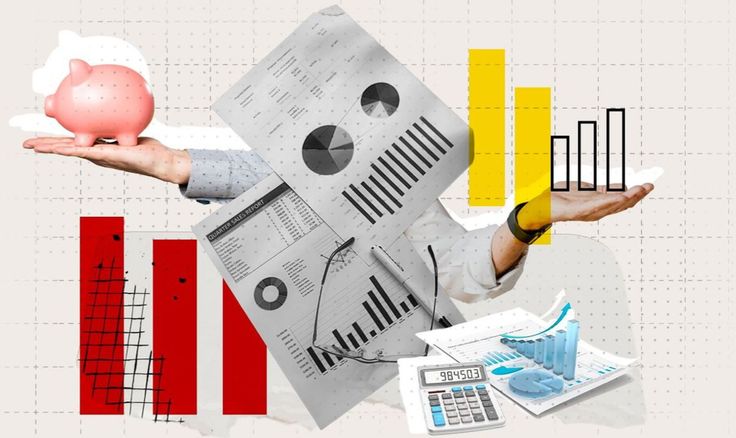In Latin America, millions of people and small businesses still lack access to formal credit. In response to this gap, structured debt for fintech emerges as an alternative that not only generates profitability but also drives financial inclusion in LATAM and social development. By channeling capital into financial startups focused on microbusinesses, farmers, or SMEs, investors become active agents of economic transformation.
What is social impact investing?
Social impact in the financial field is understood as the ability of an impact investment in LATAM to generate measurable benefits beyond economic return: reducing inequalities, creating jobs, providing access to credit for underserved communities, or improving quality of life. In the case of fintech lending, investing in structured debt means providing liquidity to platforms that facilitate microcredits, productive loans, and financing services that traditional banks do not offer.
Structured debt impact cases in Colombia and Latin America
The region already shows concrete examples of how well-directed capital generates financial inclusion in LATAM and profitability:
- Quipu (Colombia): Platform that provides digital financing to small informal businesses, using alternative data such as digital cash flows to grant credit. This allows merchants without a banking history to access resources for growth.
- FinMaq (Peru): Fintech that finances micro-entrepreneurs in the agricultural sector through structured credits, facilitating the acquisition of productive machinery. In this way, it not only promotes productivity but also strengthens rural development.
Both cases illustrate how institutional and private investment can enable credit in historically underserved segments, achieving a virtuous circle between financial inclusion and profitability.
Mitrax role in this trend
Mitrax, through its Private Equity Fund Latam Fintech Lending, channels resources to fintechs focused on credit, combining financial sustainability with social impact. Its structured debt model allows investors to access diversified portfolios in microlending, SME, and consumer loans, while fintechs gain liquidity to expand operations.
This scheme achieves:
- Scalability: Fintechs have access to more robust lines of financing.
- Measurable impact: The fund aligns financial return with inclusion metrics (number of loans granted, growth of financed SMEs, jobs created).
Investing in structured debt for fintech in LATAM goes beyond finance. It represents a bridge between private capital and social inclusion, where investors actively participate in closing the credit access gap. With examples like Quipu and FinMaq, it is clear that the future of finance in the region lies not only in generating returns but also in multiplying opportunities.
Si quieres conocer más sobre este tema, descarga invertir con propósito
Source: Inter-American Development Bank & Finnovista. (2023). Fintech in Latin America and the Caribbean: A consolidated ecosystem for inclusion and investment. [https://publications.iadb.org/es/fintech-en-america-latina-y-el-caribe-un-ecosistema-consolidado-con-potencial-para-aportar-la-inclusion-y-la-inversion-1]






